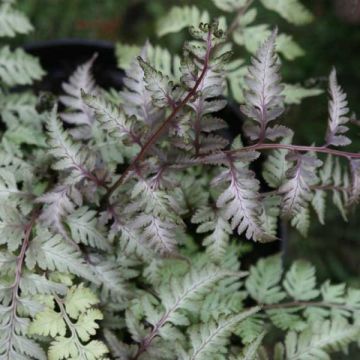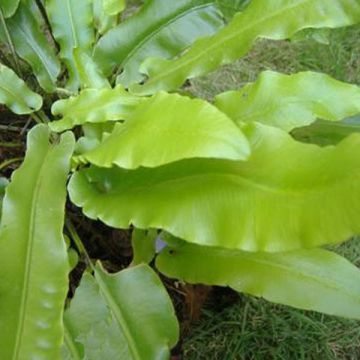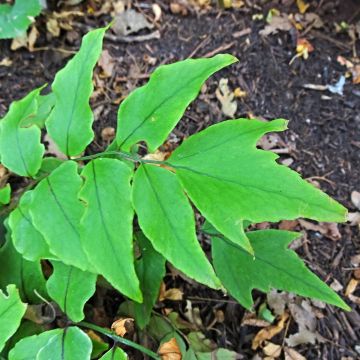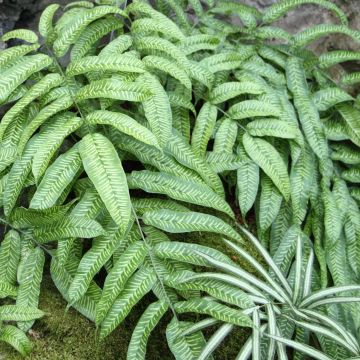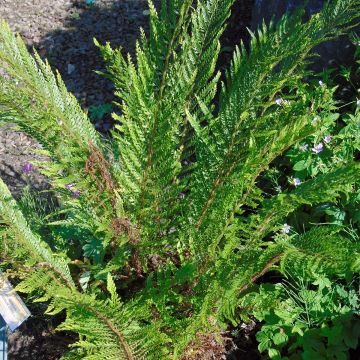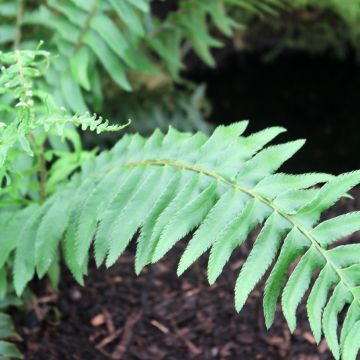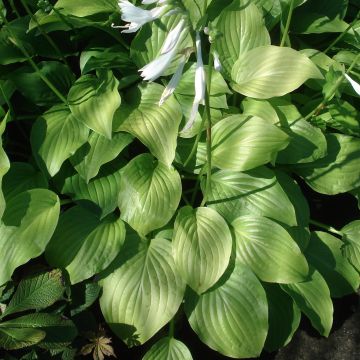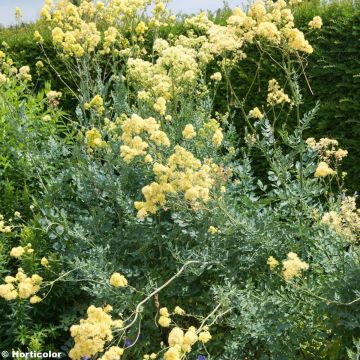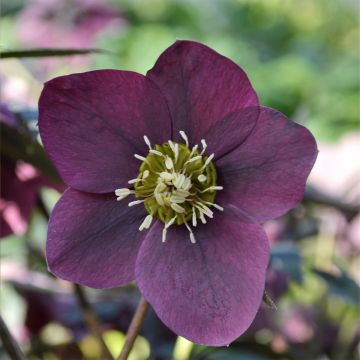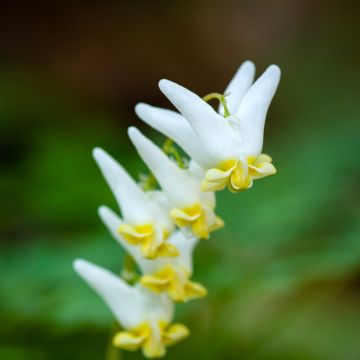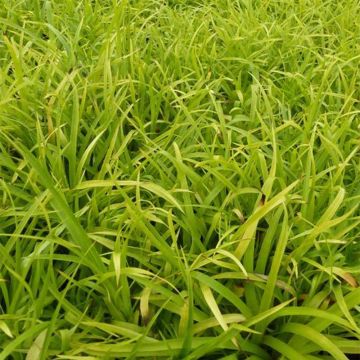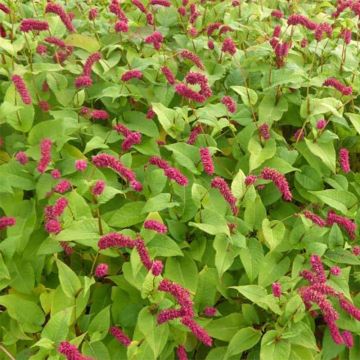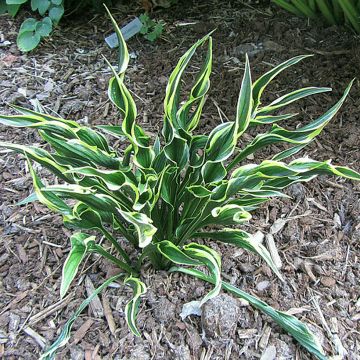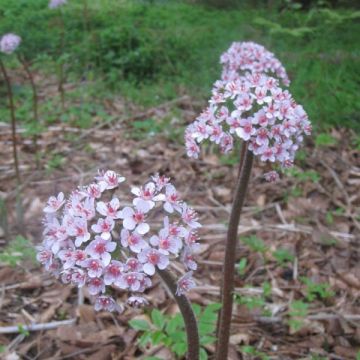Shipping country and language
Your country of residence may be:
Your country of residence is:
For a better user experience on our website, you can select:
Your shipping country:
Andorra
Austria
Belgium
Bulgaria
Canada
Chile
Croatia
Cyprus
Czechia
Denmark
Estonia
Finland
France
Germany
Greece
Hungary
Iceland
Ireland
Italy
Latvia
Lithuania
Luxembourg
Malta
Monaco
Netherlands
Poland
Portugal
Romania
Slovakia
Slovenia
Spain
Sweden
Switzerland
United Kingdom
We only deliver seed and bulb products to your country. If you add other products to your basket, they cannot be shipped.
Language:
French
German
Spanish
English
My Account
Hello
My wish lists
Plantfit
Log in / Register
Existing customer?
New customer?
Create an account to track your orders, access our customer service and, if you wish, make the most of our upcoming offers.
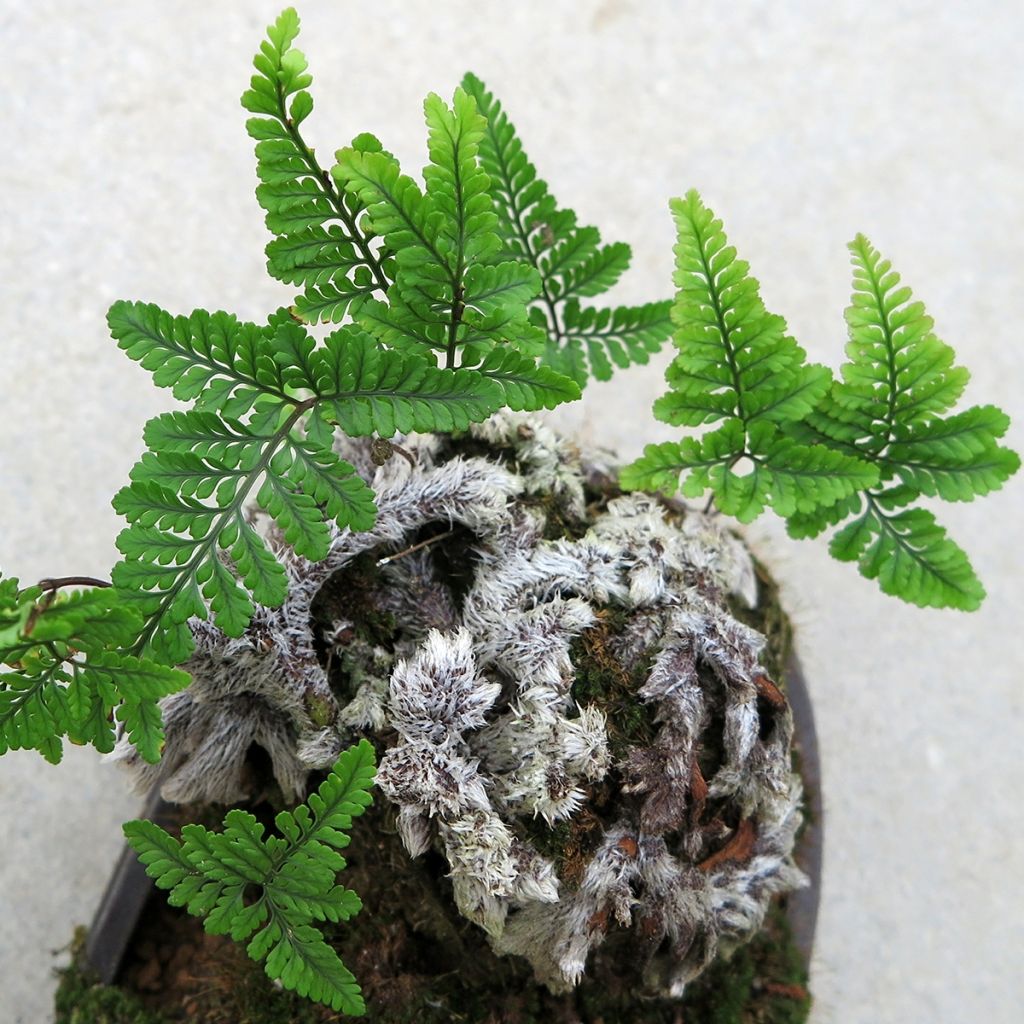

Humata tyermannii - Fougère Patte de lapin
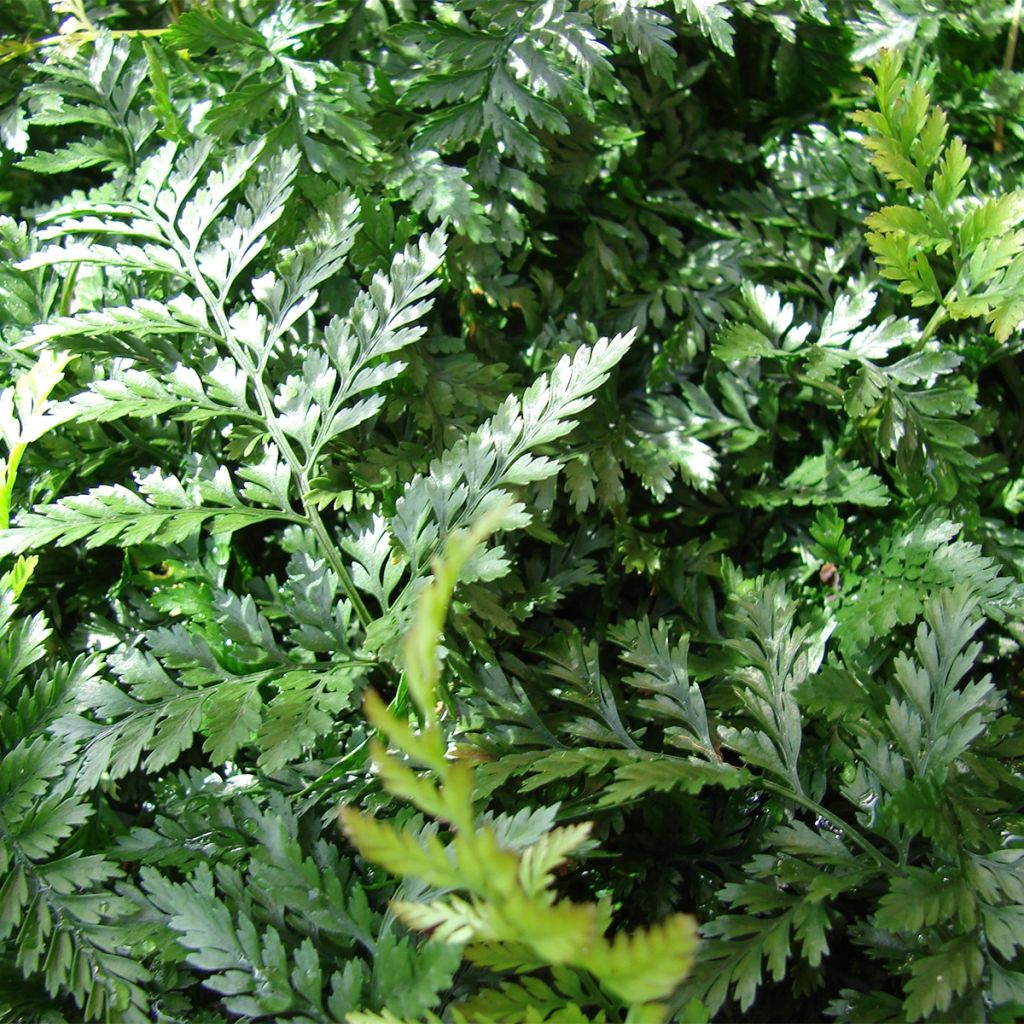

Humata tyermannii - Fougère Patte de lapin
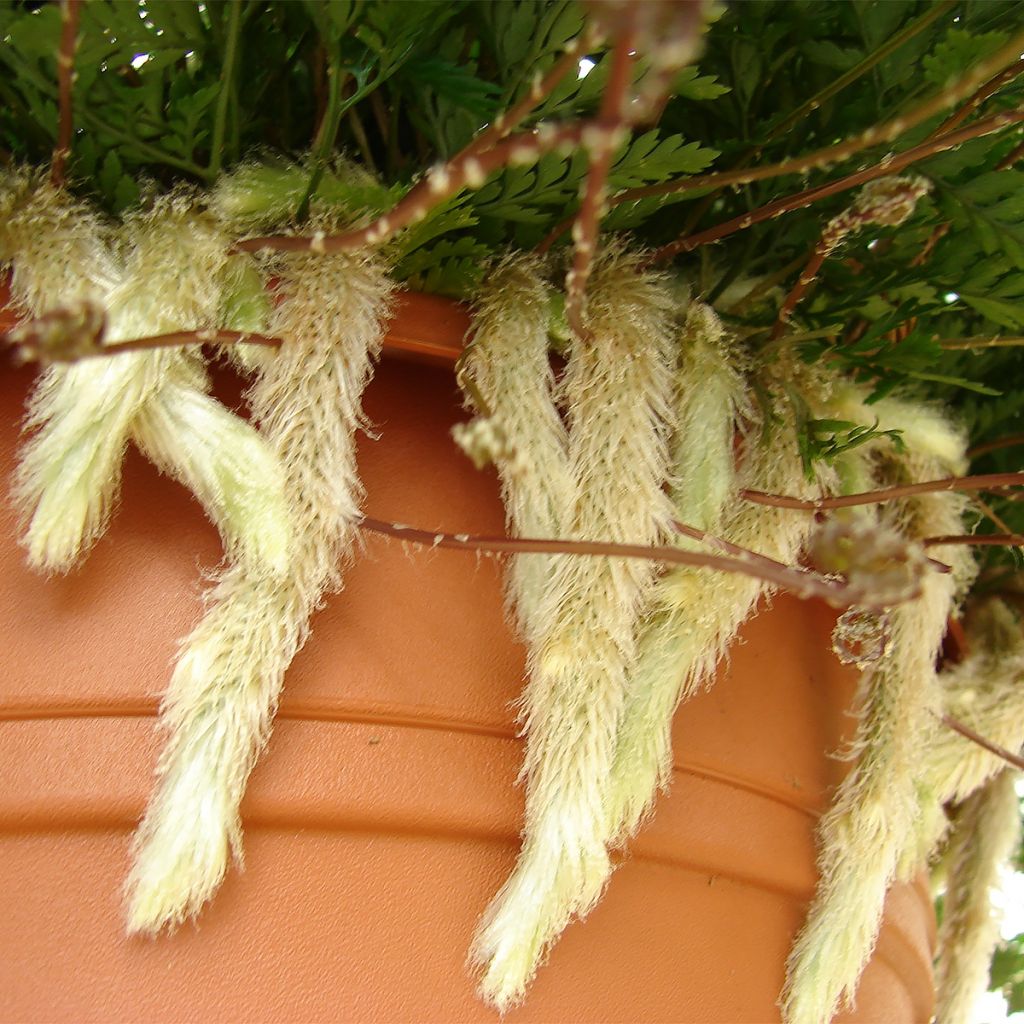

Humata tyermannii - Fougère Patte de lapin
Humata tyermannii
Humata tyermannii
White Rabbit's Foot Fern, Bear's Foot Fern, Hare's Foot Fern
It's a well-filled fern I recently bought, it has rootstocks or leaves have emerged. It is very beautiful.
Martine, 24/10/2022
Why not try an alternative variety in stock?
View all →Order in the next for dispatch today!
Dispatch by letter from €3.90.
Delivery charge from €5.90 Oversize package delivery charge from €6.90.
More information
This item is not available in your country.
Schedule delivery date,
and select date in basket
This plant carries a 12 months recovery warranty
More information
We guarantee the quality of our plants for a full growing cycle, and will replace at our expense any plant that fails to recover under normal climatic and planting conditions.
From €5.90 for pickup delivery and €6.90 for home delivery
Express home delivery from €8.90.
Does this plant fit my garden?
Set up your Plantfit profile →
Description
Humata or Davallia tyermanii is better known as the Rabbit's Foot Fern, as it develops long aerial rhizomes covered with a soft light pubescence, resembling the hairy feet of this small familiar animal. Its growth is creeping, even trailing, forming a clump of graceful fronds, finely divided in a dark green colour, and its rhizomes eventually cover completely its pot or its growing support. Not very hardy, but full of charm, it is most often cultivated as an indoor or veranda plant, in a bright and humid atmosphere. It will work wonders when suspended. In very mild climates, outdoors, this fern will thrive in a shaded rockery or in an old damp wall. Its vegetation will dry out in winter.
Humata tyermanii belongs to the family of davalliaceae. This botanical species is native to the humid forests of Southeast Asia. In nature, it is found attached to rocks or trees, never in the ground: it is said to be an epiphyte. It is a slow-growing perennial fern, which will reach about 35cm (14in) in height and spread over 30 to 40cm (12 to 16in). Its stump is slightly creeping. The plant feeds on the oldest rhizomes that decompose over time. The young shoots, called croziers, are reddish in colour. The mature fronds, somewhat leathery, are triangular, glossy, three times divided, finely cut. They are dark green in colour. The foliage persists all year round indoors, but becomes deciduous in winter outdoors. Resistant to drought, the plant will appreciate being regularly watered and misted with rainwater.
Rabbit's Foot Ferns are decorative, fun and rather easy to care for plants, but not well suited for outdoor cultivation in most temperate climates. Davallia tyermanii will be content with filtered light and air which isn't too dry. It can be placed in a perforated pot, on a well-sheltered vegetated wall, and of course, suspended. Avoid plastic containers that can prevent the roots from 'breathing'. To accompany it, consider, for example, tillandsias, Asplenium nidus, Polypodes, Billbergia and other African violets.
Humata tyermannii in pictures
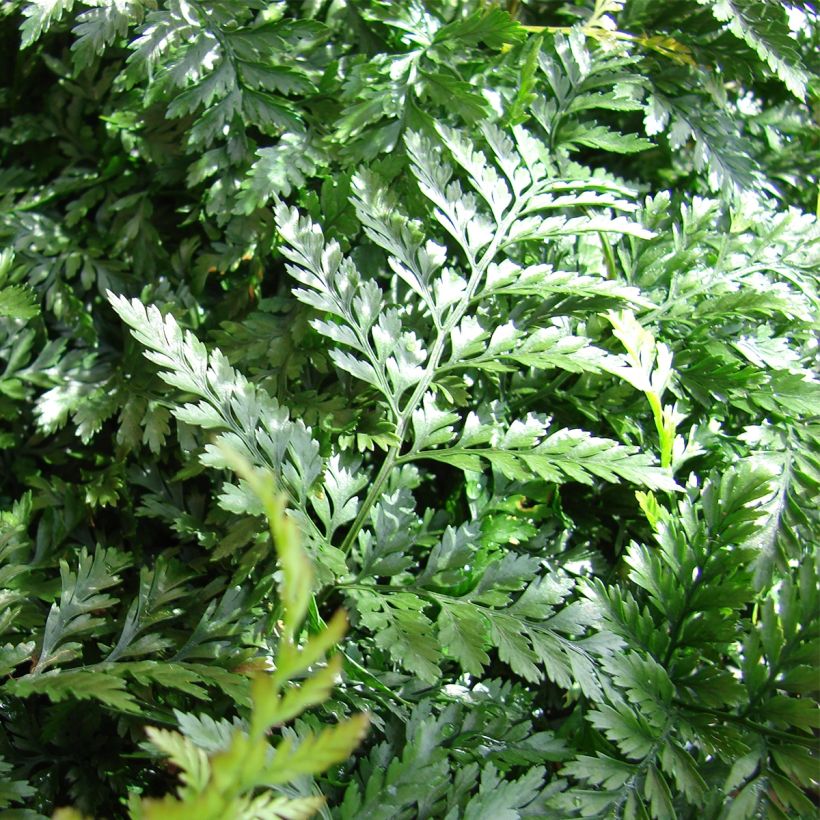

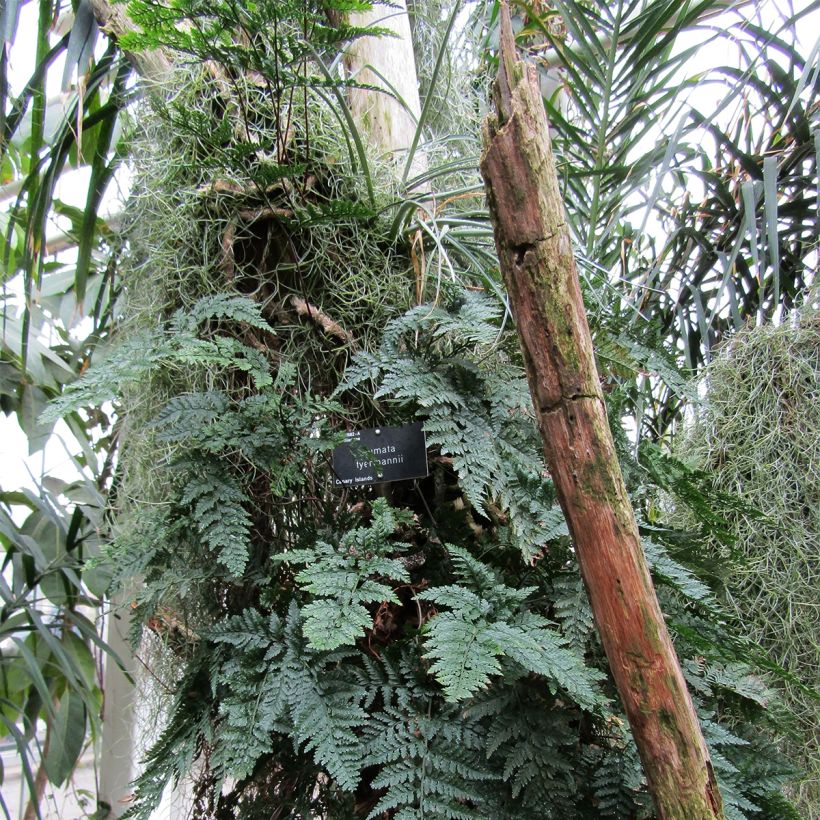

Foliage
Plant habit
Botanical data
Humata
tyermannii
Davalliaceae
White Rabbit's Foot Fern, Bear's Foot Fern, Hare's Foot Fern
Southeast Asia
Other Ferns A to Z
Planting and care
The Rabbit's Foot Fern or Humata tyermanii ferns are sensitive plants that perish when temperatures drop below -5°C (23°F). For this reason, they are most often cultivated indoors, in a conservatory or in a well-lit room that is not too hot. They are cultivated like orchids and tillandsias, for example, 'above ground'. Place the plant in a very bright location, but without direct sunlight. Plant it in a mixture of good potting soil, and sand. The pot should preferably have drainage holes to prevent the stump from rotting. The growing substrate should be regularly moistened, allowing it to dry out a little between waterings (immersing the plant in a bucket of non-limestone water). Occasionally, apply diluted fertiliser for green plants. Also, spray the foliage with rainwater whenever necessary during the hot season, as well as in winter.
To repot your Davallia, wait until the plant is truly overflowing from its container. Preferably do this in spring. You can also divide the clump so that each division has a nice piece of rootstock and several fronds.
In very mild climates, you can plant this Davallia in a shaded rockery or between the stones of an old wall that is not too exposed to the sun. Planting on a vegetated wall is also possible, always in filtered light or shade. Protect the plant with a thick winter cover if there are pronounced frosts announced.
Planting period
Intended location
Care
- , onOrder confirmed
Reply from on Promesse de fleurs
Shade-loving perennials
Haven't found what you were looking for?
Hardiness is the lowest winter temperature a plant can endure without suffering serious damage or even dying. However, hardiness is affected by location (a sheltered area, such as a patio), protection (winter cover) and soil type (hardiness is improved by well-drained soil).

Photo Sharing Terms & Conditions
In order to encourage gardeners to interact and share their experiences, Promesse de fleurs offers various media enabling content to be uploaded onto its Site - in particular via the ‘Photo sharing’ module.
The User agrees to refrain from:
- Posting any content that is illegal, prejudicial, insulting, racist, inciteful to hatred, revisionist, contrary to public decency, that infringes on privacy or on the privacy rights of third parties, in particular the publicity rights of persons and goods, intellectual property rights, or the right to privacy.
- Submitting content on behalf of a third party;
- Impersonate the identity of a third party and/or publish any personal information about a third party;
In general, the User undertakes to refrain from any unethical behaviour.
All Content (in particular text, comments, files, images, photos, videos, creative works, etc.), which may be subject to property or intellectual property rights, image or other private rights, shall remain the property of the User, subject to the limited rights granted by the terms of the licence granted by Promesse de fleurs as stated below. Users are at liberty to publish or not to publish such Content on the Site, notably via the ‘Photo Sharing’ facility, and accept that this Content shall be made public and freely accessible, notably on the Internet.
Users further acknowledge, undertake to have ,and guarantee that they hold all necessary rights and permissions to publish such material on the Site, in particular with regard to the legislation in force pertaining to any privacy, property, intellectual property, image, or contractual rights, or rights of any other nature. By publishing such Content on the Site, Users acknowledge accepting full liability as publishers of the Content within the meaning of the law, and grant Promesse de fleurs, free of charge, an inclusive, worldwide licence for the said Content for the entire duration of its publication, including all reproduction, representation, up/downloading, displaying, performing, transmission, and storage rights.
Users also grant permission for their name to be linked to the Content and accept that this link may not always be made available.
By engaging in posting material, Users consent to their Content becoming automatically accessible on the Internet, in particular on other sites and/or blogs and/or web pages of the Promesse de fleurs site, including in particular social pages and the Promesse de fleurs catalogue.
Users may secure the removal of entrusted content free of charge by issuing a simple request via our contact form.
The flowering period indicated on our website applies to countries and regions located in USDA zone 8 (France, the United Kingdom, Ireland, the Netherlands, etc.)
It will vary according to where you live:
- In zones 9 to 10 (Italy, Spain, Greece, etc.), flowering will occur about 2 to 4 weeks earlier.
- In zones 6 to 7 (Germany, Poland, Slovenia, and lower mountainous regions), flowering will be delayed by 2 to 3 weeks.
- In zone 5 (Central Europe, Scandinavia), blooming will be delayed by 3 to 5 weeks.
In temperate climates, pruning of spring-flowering shrubs (forsythia, spireas, etc.) should be done just after flowering.
Pruning of summer-flowering shrubs (Indian Lilac, Perovskia, etc.) can be done in winter or spring.
In cold regions as well as with frost-sensitive plants, avoid pruning too early when severe frosts may still occur.
The planting period indicated on our website applies to countries and regions located in USDA zone 8 (France, United Kingdom, Ireland, Netherlands).
It will vary according to where you live:
- In Mediterranean zones (Marseille, Madrid, Milan, etc.), autumn and winter are the best planting periods.
- In continental zones (Strasbourg, Munich, Vienna, etc.), delay planting by 2 to 3 weeks in spring and bring it forward by 2 to 4 weeks in autumn.
- In mountainous regions (the Alps, Pyrenees, Carpathians, etc.), it is best to plant in late spring (May-June) or late summer (August-September).
The harvesting period indicated on our website applies to countries and regions in USDA zone 8 (France, England, Ireland, the Netherlands).
In colder areas (Scandinavia, Poland, Austria...) fruit and vegetable harvests are likely to be delayed by 3-4 weeks.
In warmer areas (Italy, Spain, Greece, etc.), harvesting will probably take place earlier, depending on weather conditions.
The sowing periods indicated on our website apply to countries and regions within USDA Zone 8 (France, UK, Ireland, Netherlands).
In colder areas (Scandinavia, Poland, Austria...), delay any outdoor sowing by 3-4 weeks, or sow under glass.
In warmer climes (Italy, Spain, Greece, etc.), bring outdoor sowing forward by a few weeks.


